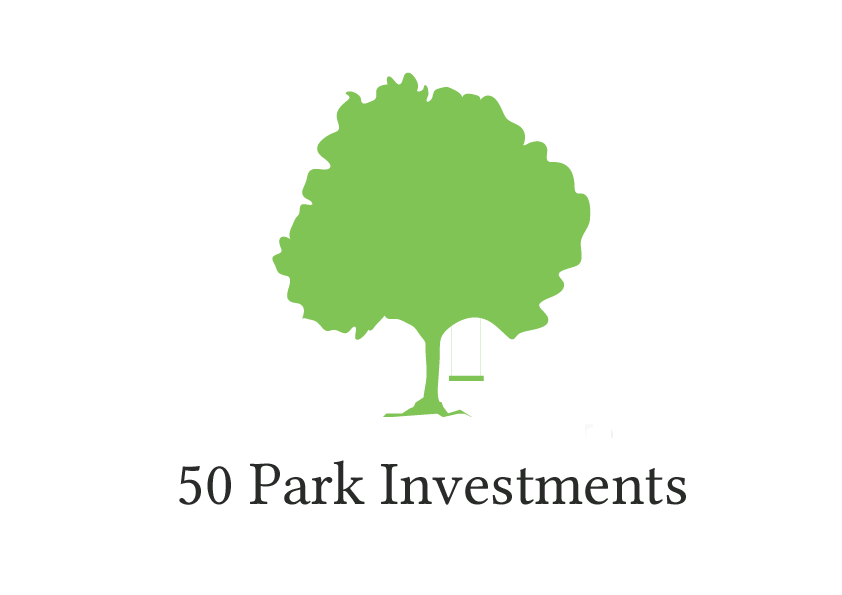Adam Sarhan Reuters Quote: Investors brace for volatility as shutdown seems likely
(Reuters) – As a last-minute deal to resolve tense spending negotiations in Washington appeared less and less likely, U.S. stock investors braced for an outcome that had previously seemed thinkable: a shutdown of the U.S. government.
The House of Representatives early Sunday voted for an emergency spending bill that includes a delay of President Barack Obama’s healthcare reform laws despite veto threats from the White House.
While a deal could be reached before the government’s fiscal year ends at midnight on Monday, the unanimous passage of a bill to continue paying U.S. soldiers in the event the government runs out of money was viewed as a sign that there would be no agreement between Republicans, who hold a majority in the House, and the Democrats, who control the White House and Senate.
A shutdown is expected to have a catastrophic impact on markets, injecting massive amounts of uncertainty into major asset classes. If the shutdown is prolonged, it could also have significant implications for economic growth. Many government employees will be furloughed, and the Labor Department said it would not issue its monthly employment report scheduled for next Friday.
“Markets had been expecting an 11th hour resolution, but it seems increasingly clear that won’t happen, which means all bets are off,” said Kristina Hooper, head of portfolio strategies at Allianz Global Investors in New York. “Investors need to become more comfortable with volatility.”
While the threat of a shutdown has weighed on markets recently, with the S&P 500 .SPX snapping a three-week streak of gains to fall 1.1 percent last week, many investors considered the prospect unlikely. The S&P is up 3 percent this month, and is a mere 2 percent away from its all-time high.
The CBOE Volatility index .VIX spiked about 18 percent last week, but remains down 14 percent on the year, suggesting little of the fear is priced into markets.
Analysts had viewed a shutdown as unlikely, with many citing other government stalemates that were resolved in the past few years. However, political infighting in 2011 prompted the loss of the United States’ triple-A credit rating and was the primary driver of the stock market’s last full-on correction.
“A shutdown is just one domino; if it falls, it will cause a series of unknowns, and those unknowns are impossible to quantify,” said Adam Sarhan, chief executive of Sarhan Capital in New York, citing the risk of a U.S. government debt default.
Historically, Wall Street has managed to avoid steep downside during similar incidents. During the federal government shutdown from December 15, 1995, to January 6, 1996, the S&P 500 added 0.1 percent. During the November 13 to November 19, 1995, shutdown, the benchmark index rose 1.3 percent, according to data by Jason Goepfert, president of SentimenTrader.com.
That precedent may not hold this time given that growth continues to lag. The U.S. Federal Reserve recently held off on slowing its stimulus program, saying economic growth was not meeting its targets.
Since the market is near all-time highs and has seen little in the way of a sustained pullback this year, Sarhan said the downside potential was vast, with major indexes “slicing through” support levels.
“The immediate shock could be 200 Dow points, could be 1,000 Dow points. Those moves may be exaggerated at first, but if things aren’t resolved quickly that could just be the start.”
Essentially all market sectors could see a reaction to a shutdown, with industries tied to the pace of economic growth- like energy and financials- seeing outsized impacts.
The defensive sector “will feel an immediate impact since its biggest customer is the U.S. government,” said Sarhan. “We’re talking billions of dollars in income. If that goes away, what could replace that?”
Even utilities, which are considered a defensive group, may see steep moves if a shutdown impacts interest rates.
Among other asset classes, the uncertainty could been a boon for U.S. Treasuries as investors seek shelter. Benchmark 10-year Treasury notes rose 10/32 on Friday, with yields easing to 2.62 percent.
Even if a last-minute deal is reached, investors face a second Washington cliffhanger as Congress must agree to increase the $16.7 trillion limit on federal borrowing by October 17. If Capitol Hill fails to act in time, the unthinkable could happen and the United States could default on its debts.
“We’re in a game of chicken. Once it became clear that people were willing to risk Federal employee jobs, that’s when it became a real concern,” said Len Blum, managing partner of Westwood Capital LLC in New York.
“We’ve become somewhat desensitized to this kind of apocalyptical thing coming out of D.C., but as time goes on with no resolution, it will get increasingly bad.”
(Editing by Marguerita Choy)
Source: http://www.reuters.com/article/2013/09/29/us-usa-stocks-weekahead-idUSBRE98Q18Z20130929


